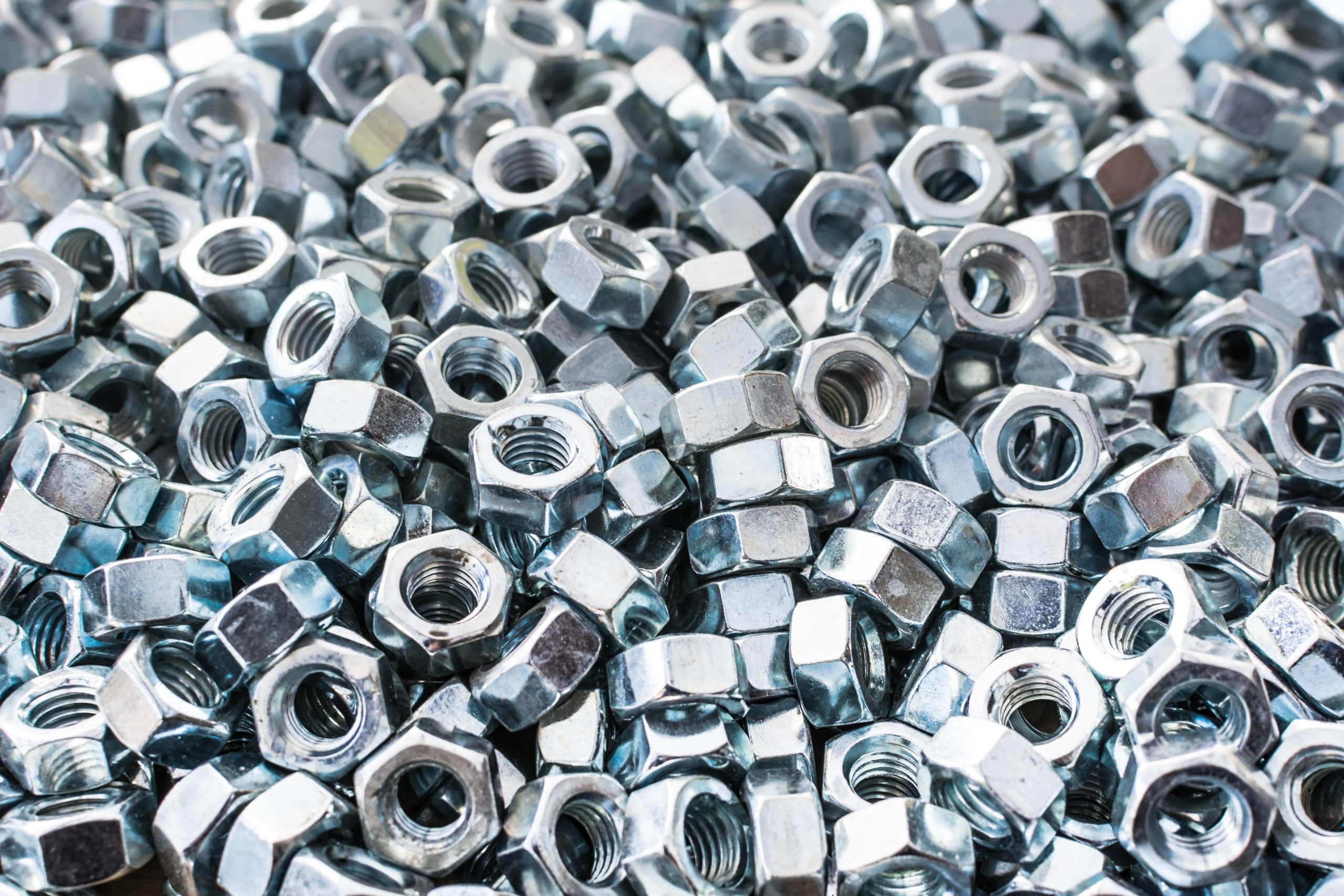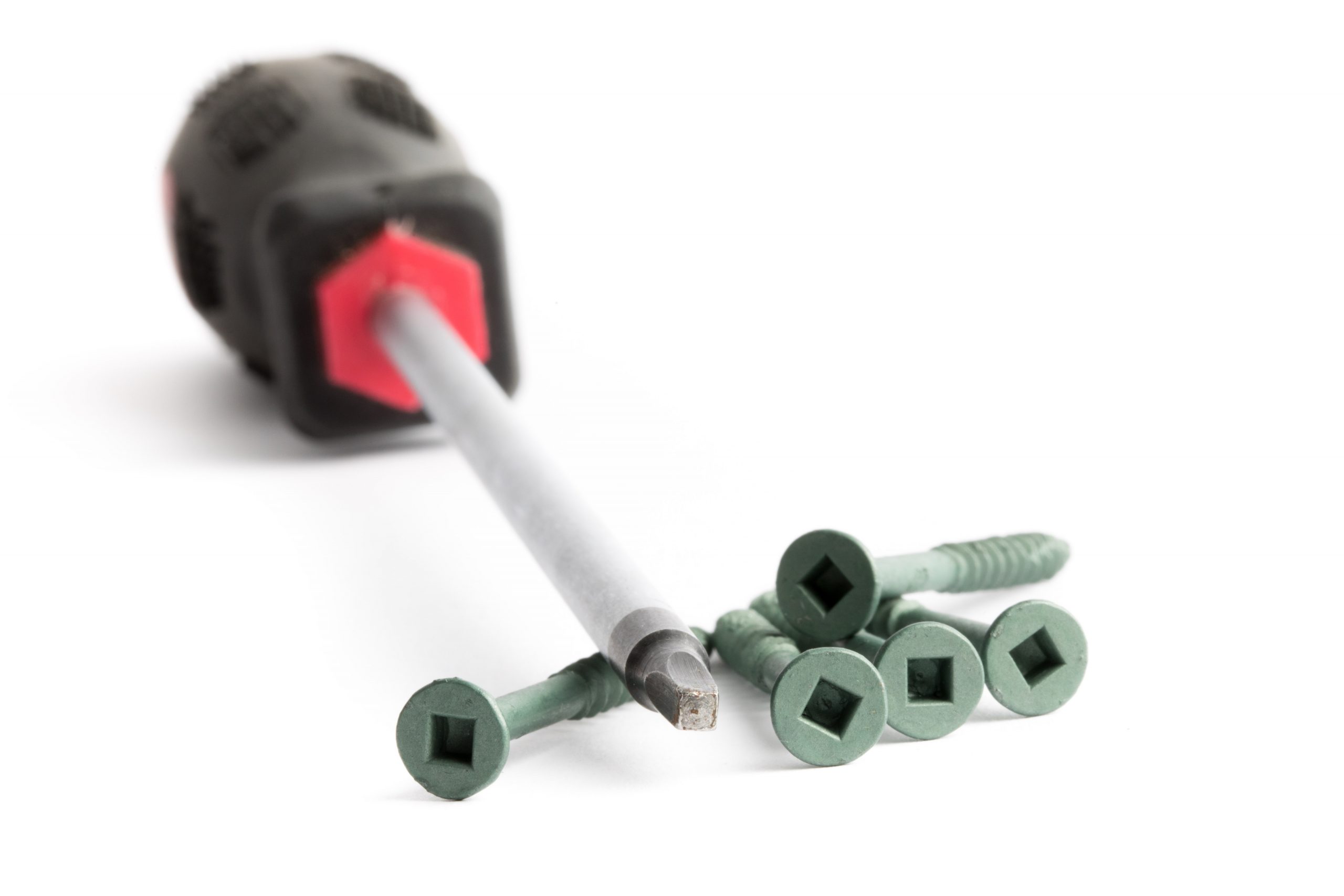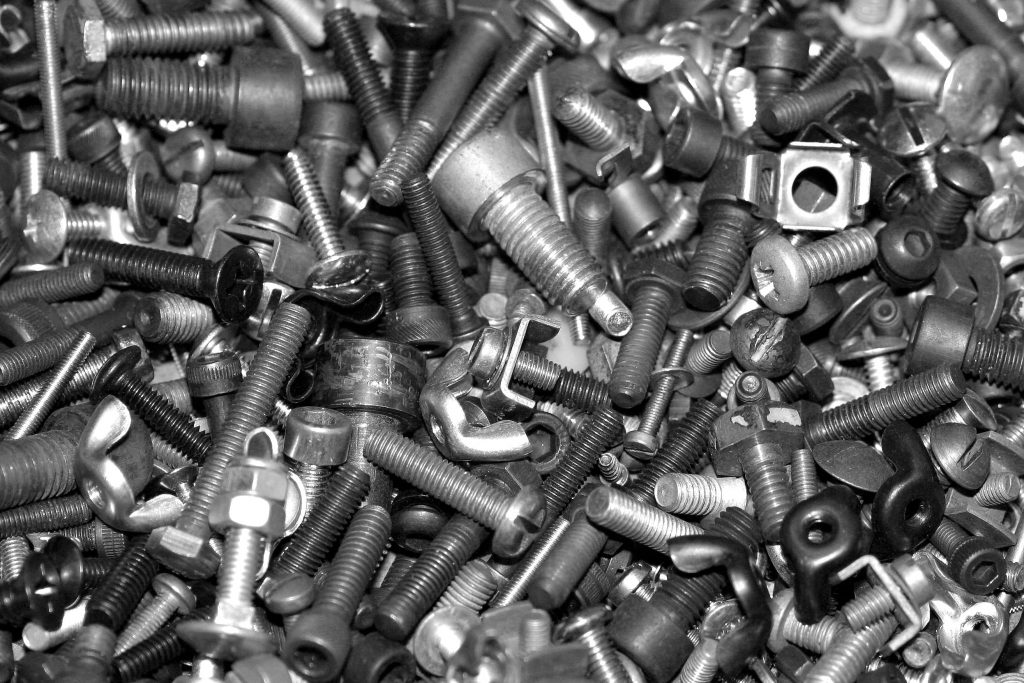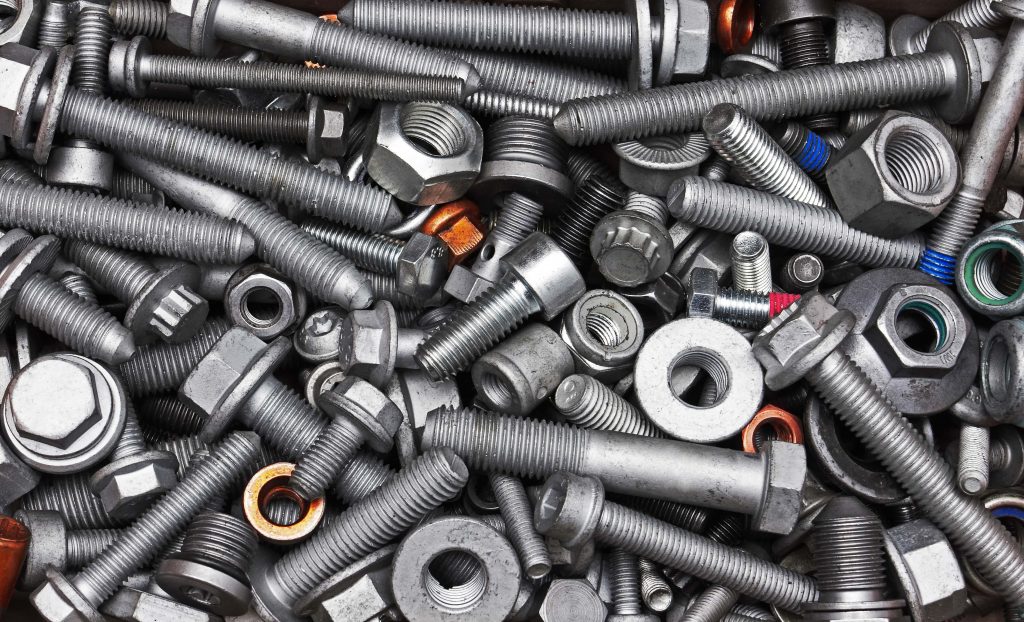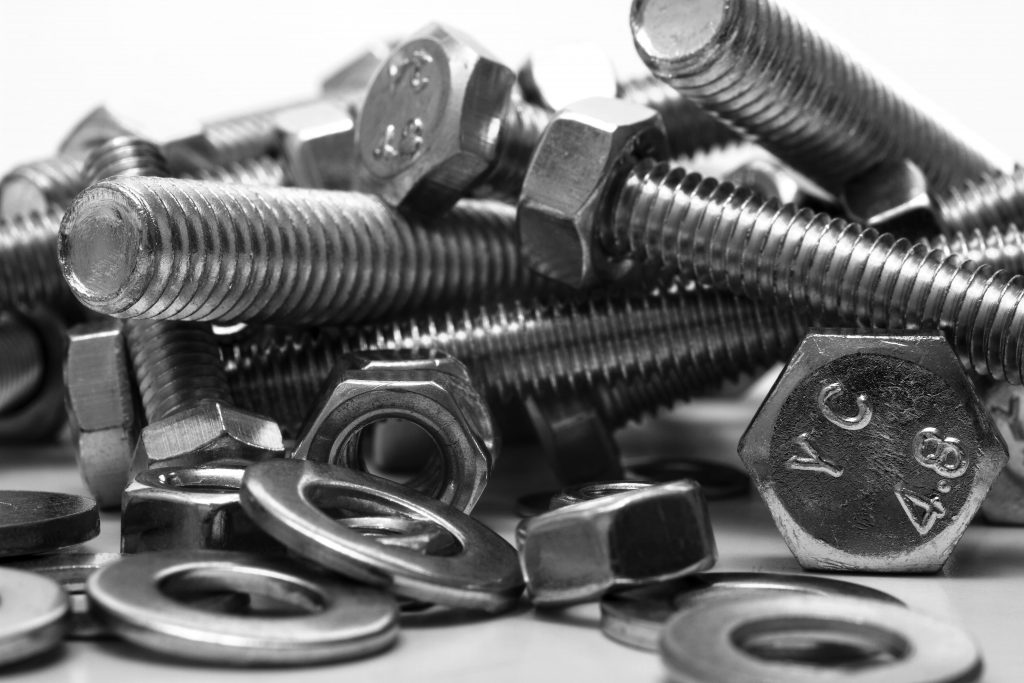Fasteners are a crucial part of our everyday lives, used in everything from the construction of massive buildings to the assembly of small household items. Despite their varied and sometimes complex designs, all fasteners serve the same fundamental purpose: to hold two or more components together securely. Understanding how they work provides valuable insight into how different materials and structures are constructed and maintained. This blog explores the principles behind fasteners, the various types available, and their specific applications, including a closer look at square-headed screws and taper washers.
The Basics of Fastener Functionality
The primary role of a fastener is to create a secure and stable connection between two or more materials. This connection can be either permanent or temporary, depending on the type of fastener used and the application. Mechanical fasteners, such as screws, bolts, and nails, use force to hold components together. This force is typically applied through friction, tension, or compression, ensuring that the joined parts do not separate under normal conditions. When a fastener, such as a screw or bolt, is inserted into a material, it exerts force against the surface. This force generates friction between the fastener and the material, which helps prevent it from loosening or becoming dislodged. The frictional force is essential in creating a stable connection and maintaining the fastener’s position, even when subjected to vibrations or external stress. In addition to friction, some fasteners also rely on clamping force, which is the tension created as the fastener pulls the materials together. This clamping force increases the strength of the joint, making it more resistant to separation. The material properties of both the fastener and the components being joined are also crucial in determining how well a fastener works. Different materials have varying levels of hardness, elasticity, and thermal expansion, all of which influence how a fastener behaves. For example, using a steel fastener in a wooden structure will produce a different type of joint compared to using the same fastener in a metal frame. This is because the wood’s fibrous structure interacts with the fastener differently than the uniform, rigid structure of metal. To ensure the longevity and reliability of a joint, the fastener must be compatible with the materials being joined.
Understanding Different Types of Fasteners
There are many different types of fasteners, each designed for specific applications. The most common include screws, bolts, nuts, washers, rivets, and clips. Each type of fastener has unique characteristics that determine its suitability for various tasks. Screws are perhaps the most widely used type of fastener, characterised by their helical threads that grip into the material they are driven into. They are versatile and can be used in wood, metal, plastic, and other materials. When a screw is inserted, its threads cut into the material, generating friction and creating a mechanical lock. This locking action helps prevent the screw from pulling out or becoming loose. Bolts, on the other hand, are often used in conjunction with nuts to fasten two or more components together. Unlike screws, bolts are typically inserted into pre-drilled holes and then secured with a nut on the opposite side. This configuration provides strong clamping force and is ideal for applications that require high strength and resistance to shear forces. Nuts are paired with bolts to provide the necessary clamping force that holds the components together. When the nut is tightened onto the bolt, it pulls the materials together, creating a strong and stable joint. The threads of the nut and bolt engage, preventing the nut from loosening under normal conditions. Washers are used in conjunction with screws, bolts, and nuts to distribute the load of the fastener evenly across the surface of the material. They help prevent damage to the material, reduce friction, and increase the overall stability of the joint. There are several types of washers, each designed for specific applications, including plain washers, spring washers, and taper washers. Rivets are another type of fastener used for creating permanent joints. They consist of a cylindrical shaft with a head on one end. When inserted into a hole and deformed on the opposite side, the rivet expands, holding the materials together securely. Rivets are commonly used in metalwork, where welding is not feasible or desirable.

Square-Headed Screws and Their Applications
Square-headed screws are a unique type of fastener that offers distinct advantages over more conventional options. These screws are characterised by their square-shaped heads, which provide greater torque and grip during installation. The square shape allows for a more secure fit with the driving tool, reducing the likelihood of slippage and stripping. This makes square-headed screws particularly well-suited for applications where precision and control are critical. One of the primary benefits of square-headed screws is their ability to resist cam-out. Cam-out occurs when the driving tool slips out of the screw head, potentially damaging the fastener and the surrounding material. The square shape provides four flat sides for the driver to engage with, creating a more positive connection and reducing the risk of slippage. This feature makes square-headed screws ideal for use in woodworking and other applications where maintaining the integrity of the material is essential. In addition to their resistance to cam-out, square-headed screws are also easier to install in tight or confined spaces. The square head allows for better grip and control, even when using a manual screwdriver or a power drill. This makes them a popular choice in industries such as cabinetry and furniture making, where precision and neatness are paramount.
The Role of Taper Washers in Fastening
Taper washers are a specialised type of washer designed to be used with fasteners in applications where surfaces are not parallel. They are commonly used in structural applications, such as steel construction, where beams or other elements are joined at an angle. The tapered shape of these washers compensates for the angular misalignment, ensuring that the load is distributed evenly across the surface of the material. When a fastener is tightened onto an angled surface, there is a risk that the clamping force will not be applied uniformly. This can lead to uneven stress distribution, which weakens the joint and increases the likelihood of material failure. Taper washers address this issue by creating a flat surface for the fastener head or nut to bear against, ensuring that the clamping force is applied evenly. This reduces the risk of damage to the material and increases the overall stability of the joint. In addition to their use in structural applications, taper washers are also employed in machinery and automotive assemblies, where parts often meet at non-parallel angles. By compensating for angular misalignment, taper washers help maintain the integrity of the joint, reducing the risk of loosening due to vibration or movement.
Fastener Materials and Their Importance
The material used to manufacture fasteners plays a significant role in determining their performance and suitability for different applications. Fasteners can be made from a variety of materials, including steel, stainless steel, brass, aluminium, and plastic. Each material has its own unique properties that affect the fastener’s strength, corrosion resistance, and overall durability. Steel is one of the most common materials used for fasteners due to its high strength and affordability. Carbon steel fasteners are typically coated with zinc or other materials to prevent corrosion. Stainless steel fasteners, on the other hand, offer superior corrosion resistance and are ideal for use in environments where exposure to moisture or chemicals is a concern. Brass and aluminium fasteners are often used in applications where weight is a concern, such as in the aerospace or electronics industries. These materials are lighter than steel and offer good corrosion resistance, making them suitable for use in sensitive environments. Plastic fasteners are another option, providing resistance to moisture, chemicals, and electrical conductivity. They are used in applications where metal fasteners would not be suitable, such as in electrical equipment.
How Fasteners Withstand External Forces
Fasteners must be able to withstand various external forces, including tension, shear, and torsion. Tension is the force that pulls the fastener along its length, attempting to separate the joined materials. Shear is the force that acts perpendicular to the fastener’s length, trying to slide the materials apart. Torsion is the twisting force applied to the fastener, often during installation or as a result of external forces. To resist these forces, fasteners are designed with specific geometries and made from materials that can handle the required loads. For example, bolts and screws have threads that engage with the material to resist tension and torsion forces, while rivets are designed to expand and create a strong, permanent joint that resists shear forces. The design of the fastener head and its interaction with washers, nuts, and the material surface also play a role in resisting these forces. A properly designed joint will distribute forces evenly, reducing the likelihood of failure and ensuring the stability of the assembly.
The Importance of Proper Fastener Selection
Selecting the right fastener for a particular application is crucial to ensuring the strength, stability, and longevity of the joint. Factors to consider when choosing a fastener include the materials being joined, the environment in which the fastener will be used, and the type of forces the joint will be subjected to. For example, in outdoor or marine environments, stainless steel fasteners are preferred due to their corrosion resistance. In high-stress applications, such as automotive or industrial machinery, high-strength bolts and nuts are used to withstand the significant forces involved. Additionally, choosing the appropriate type of washer, such as a taper washer, can help ensure that the clamping force is applied evenly, reducing the risk of joint failure. Understanding the mechanics and properties of different fasteners allows for informed decision-making and helps ensure the success of any project, whether it’s constructing a skyscraper or assembling a piece of furniture. Contact the team at GSS Fasteners to find out more.
